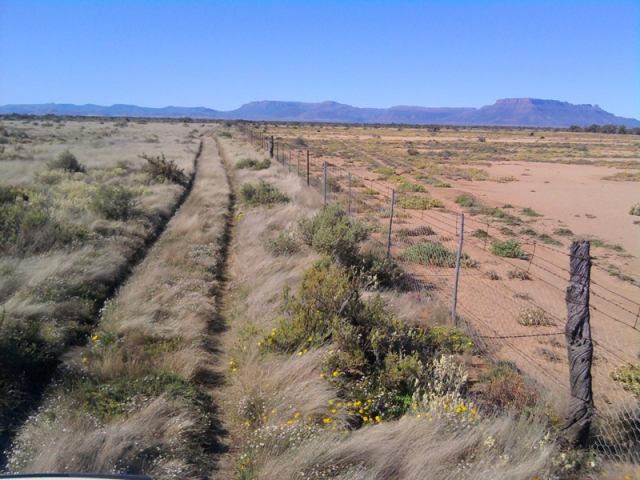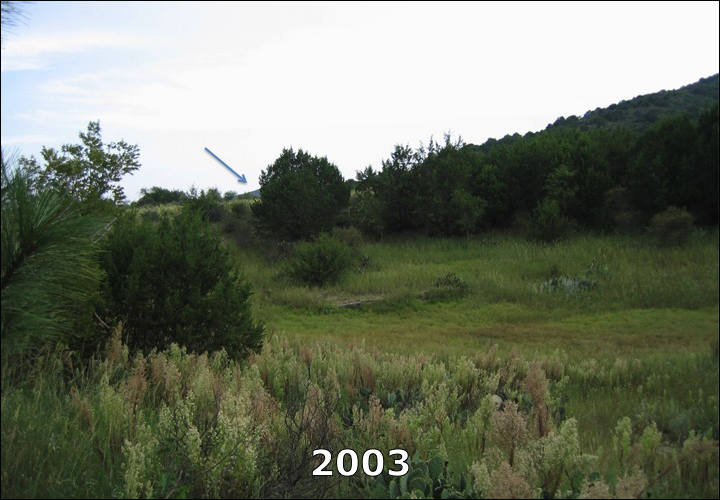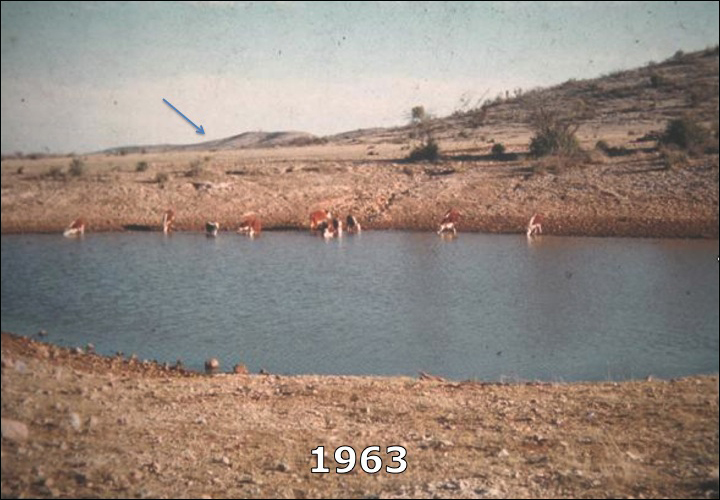PARA PUBLICACIÓN INMEDIATA
3 de diciembre de 2015
CONTACTO: Via Orgánica/Regeneration International: Ercilia Sahores, ercilia@viaorganica.org, (55) 6257 7901
PARIS – Organic Consumers Association (OCA), IFOAM International Organics, Navdanya, Regeneration International (RI), y Millions Against Monsanto, grupos pacifistas, de justicia ambiental y alimentación global, anunciaron que someterán a juicio a Monsanto MON (NYSE), una corporación trasnacional con sede central en Estados Unidos por “Crímenes contra la Humanidad y el Medio Ambiente”, en La Haya, Holanda, el año venidero, en el día mundial de la alimentación el 16 de octubre de 2016.
En conferencia de prensa, Ronnie Cummins, Director Internacional de OCA (EE.UU), afirmó: “Estamos en París este mes para abordar la mayor amenaza que los seres humanos han enfrentado en 100-200.000 años de evolución-calentamiento global y trastornos climáticos. ¿Por qué hay tanto dióxido de carbono, metano y óxido nitroso en la atmósfera y no hay suficiente materia orgánica y carbono en el suelo?.”
Según Vandana Shiva, fundadora de Navdanya (India): “Monsanto promueve un modelo agroindustrial que contribuye con al menos un tercio de las emisiones de gas de efecto invernadero antropogénicas y es responsable de la merma de los recursos del suelo y el agua, especies y la declinación de biodiversidad y el desplazamiento de millones de pequeños campesinos en todo el mundo.”
Andre Leu, presidente de IFOAM afirmó: “La historia de Monsanto puede ser leída como un manual de estilo sobre impunidad, beneficiando a las corporaciones trasnacionales y sus ejecutivos, cuyas actividades contribuyen a las crisis del clima y la biosfera y amenazan la seguridad del planeta.”
Marie-Monique Robin, directora de “El mundo según Monsanto,” declaró:
“Solamente a través de un resurgimiento colectivo de todas las fuerzas vivas podremos acabar con esta máquina de destrucción. Por ello hago un llamado a todos los ciudadanos del mundo a participar en este ejemplar tribunal.”
Desde comienzos del siglo veinte, Monsanto ha desarrollado un sinnúmero de productos altamente tóxicos que han dañado de manera permanente el ambiente y causado enfermedades y muertes de miles de personas.
Basándose en los “Principios rectores sobre las Empresas y los Derechos Humanos” adoptados por la ONU en 2011, una Corte Internacional de abogados y jueces evaluará la responsabilidad criminal potencial de Monsanto por los daños infringidos a la salud humana y el ambiente.
Lista completa de organizaciones fundadoras: https://regenerationinternational.org/monsanto-tribunal-supporting-organizations/
Lista completa de integrantes de la Fundación Tribunal contra Monsanto: https://regenerationinternational.org/members-of-the-organizing-committee/
Mayor información disponible en https://www.monsanto-tribunal.org/, luego de las 2:30 p.m. hora de E.E.U.U el 3 de diciembre de 2015.
Organic Consumers Association (OCA, por sus siglas en inglés), https://www.organicconsumers.org/ es una Organización de interés público sin fines de lucro 501 (c)(3), que hace campañas en línea y de base, por la salud, la justicia y la sostenibilidad. El Fondo de Consumidores Orgánicos es una organización 501 (c)(4), organización aliada de la Asociación de Consumidores Orgánicos, que se centra en el cabildeo de base y la acción legislativa.
Regeneración Internacional https://regenerationinternational.org/ es una organización sin fines de lucro 501 (c)(3) dedicada a la construcción de una red global de agricultores, científicos, negocios, activistas, educadores, periodistas, gobiernos y consumidores quienes promoverán y pondrán en práctica a la agricultura regenerativa y prácticas de uso de suelo que: dan alimentos abundantes y nutritivos; reviven a las economías locales; reconstruyen la fertilidad del suelo y biodiversidad; y restauran la estabilidad climática al regresar al carbono al suelo, a través del proceso natural de la fotosíntesis.



